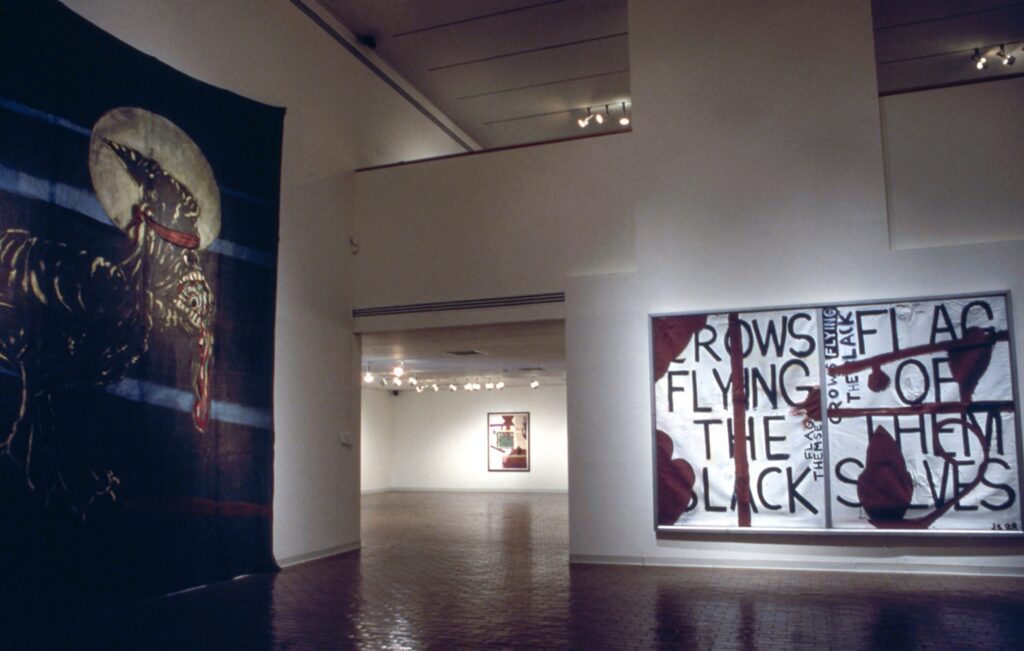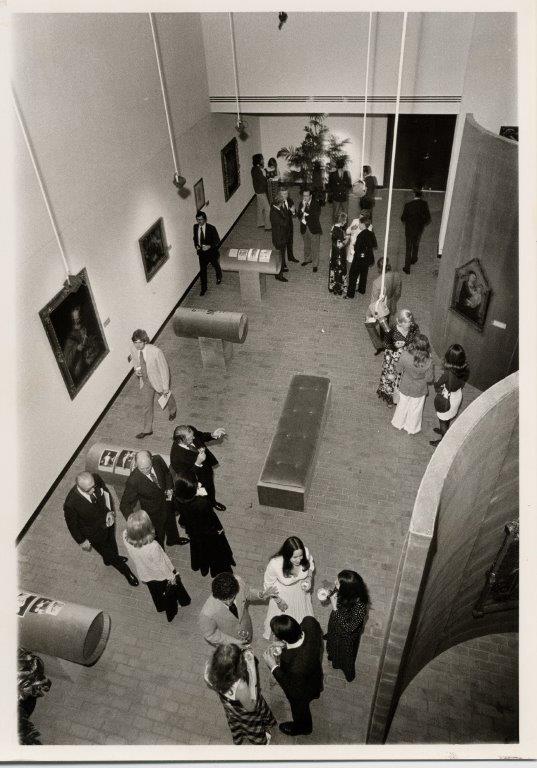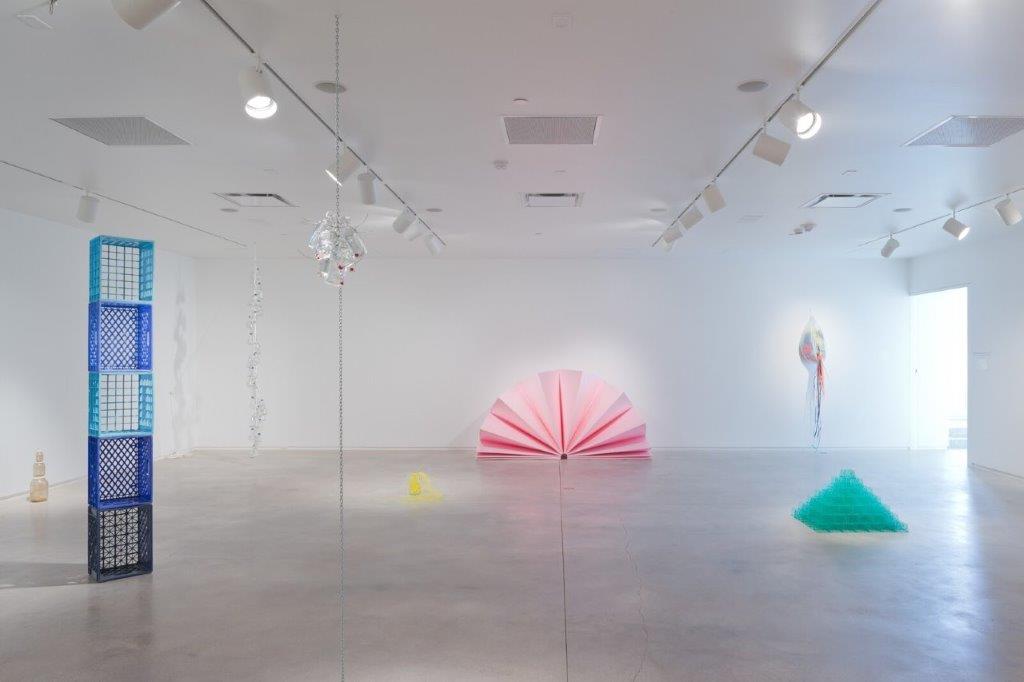By Pete Gershon

In the early 1970s, Houston was shaking off its mid-century identity as a provincial backwater. The Johnson Space Center directed regular flights to the moon. The city’s major league ball club played in a futuristic, air-conditioned dome. The legalization of selling liquor by the glass in 1971 enlivened nightclub and restaurant culture. The rise of a new corrugated steel building for the Contemporary Arts Museum Houston catty-corner from the sleek Mies van der Rohe expansion for the Museum of Fine Arts, Houston (MFAH) guaranteed that the arts would play an increasingly important role in the city’s future.
Within this forward-thinking environment, the Sarah Campbell Blaffer Gallery opened in the University of Houston’s (UH) new Fine Arts Building in March 1973.
The gallery was conceived as the home of a teaching collection of twenty-seven old master paintings loaned or donated to the school by the wealthy and influential Blaffer family. This included Sarah Campbell Blaffer, the daughter of Texas Oil Company founder William Thomas Blaffer, and the wife of a cofounder of Humble Oil. “This remarkable woman planned and generously provided the Blaffer Collections of the University,” reads a dedication in the catalogue documenting the gallery’s inaugural exhibition. “In doing so, she combined a powerful teaching medium and the means of making students more aware of the work of master artists and craftsmen, and capable thereby of sustaining themselves more fully in body as well as in spirit.”

UH officials began talking publicly about a new building for the art department as early as 1964 with the enlistment of Caudill Rowlett Scott, a Houston-based architectural firm, which had designed high schools and college buildings and was already engaged in the Jones Plaza (1966) and Albert Thomas Convention Center (1967) projects. The new Fine Arts Building was part of a period of rapid growth at UH that saw twenty-five buildings constructed between 1963 and 1973. These included the 7,100-seat Hofheinz Pavilion, Bates College of Law, Stephen Power Farish Hall, Melcher Gymnasium, and the Moody Towers residence halls.
In April 1970 the Board of Regents approved a contract with Tellepsen Construction Company based upon their nearly $4 million bid for the 100,000-square-foot complex. The Fine Arts Building would feature offices and classrooms for the art department, the 200-seat Dudley Recital Hall, another recital hall to house the school’s Beckerath pipe organ, and a modest art gallery with reddish-brown glazed tile flooring and a prominent central staircase leading to a carpeted mezzanine.
The Blaffer Gallery, formally dedicated on March 13, 1973, opened with a display of the donated Blaffer Collection paintings.
To read the full article, click here, or click on Buy Magazines above to order a print copy.
To learn more about the Blaffer Art Museum or book a tour, visit their website here.


 Follow
Follow